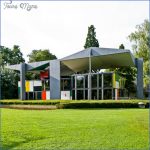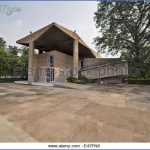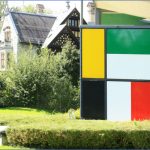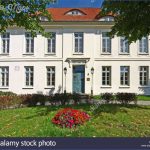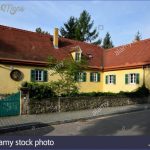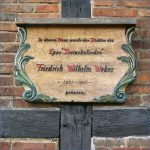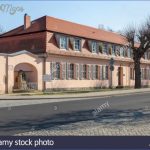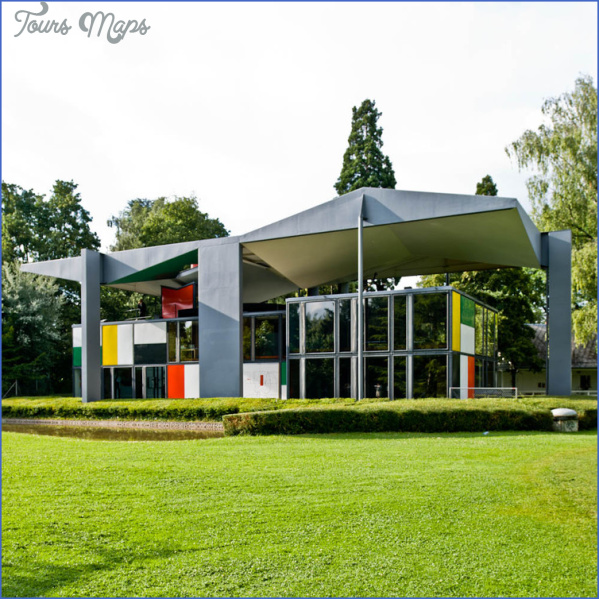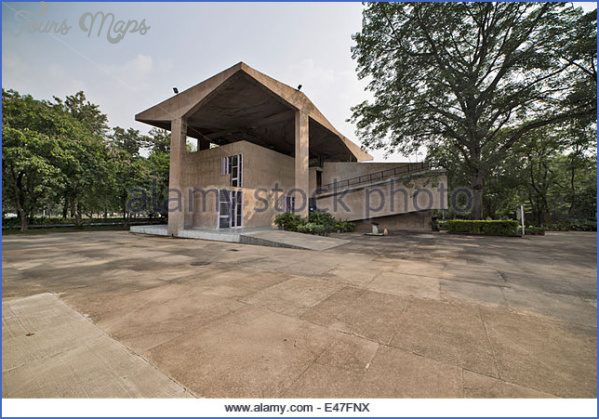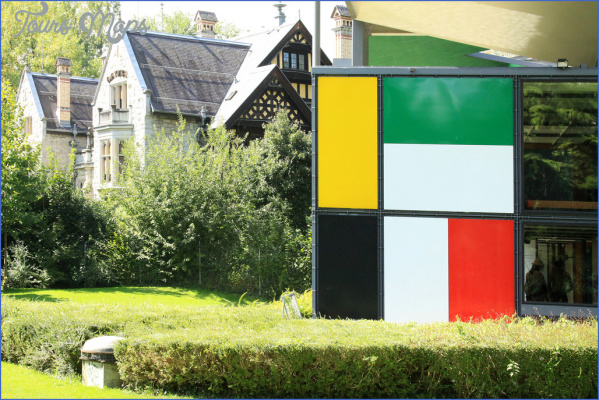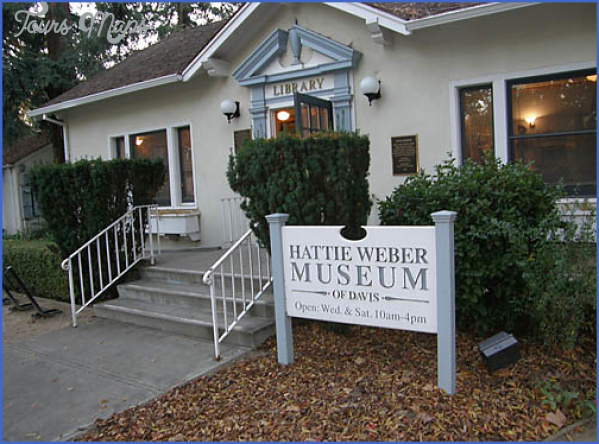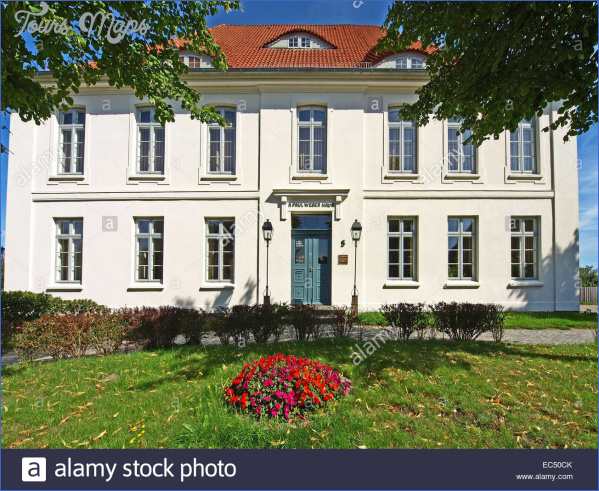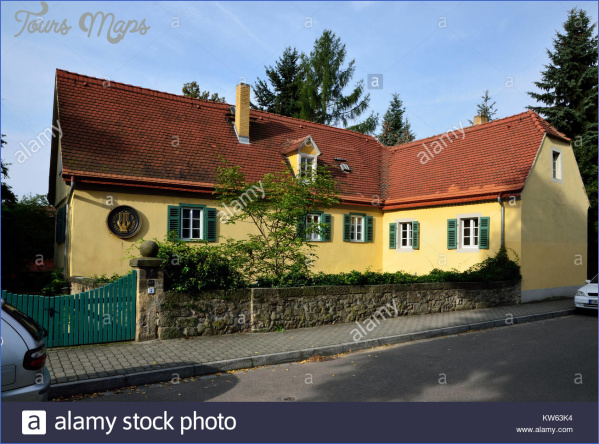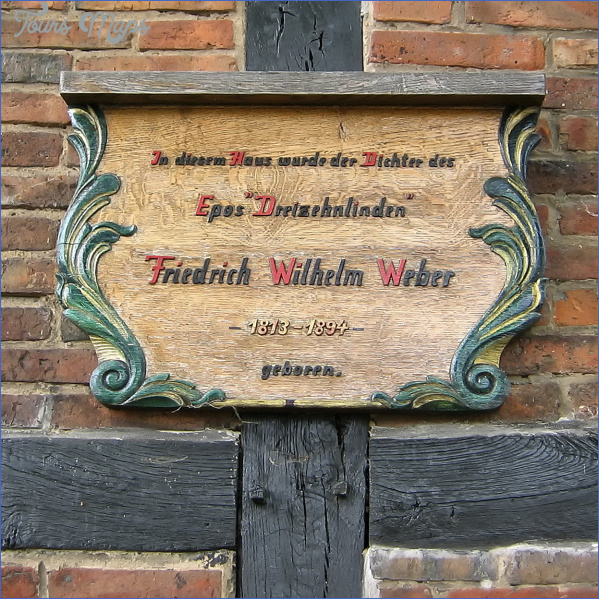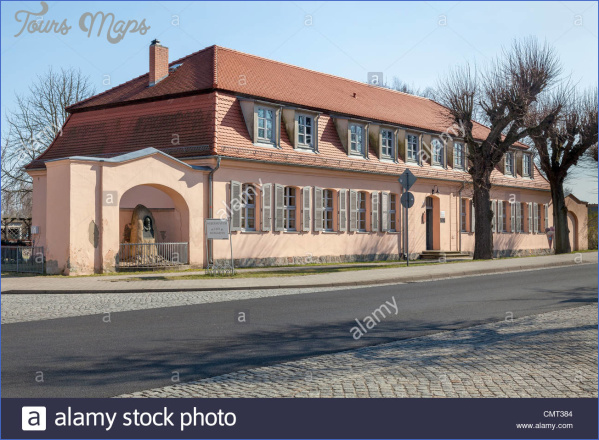WEBER MUSEUM
The birthplace of Carl Maria von Weber in Eutin, 100 km north-east of Hamburg, while certainly not a museum, commemorates the composer in a particularly delightful way: the red brick, two-storey building at Lubeckerstrafie 48 (bearing a commemorative plaque since 1853) is a teashop where one can partake of an elaborately filled and frosted nougat and chocolate Freischutztorte or a chocolate, marzipan, strawberry-and-cream Weber-Hutchen.
Weber was born there on 19 November 1786 to musician parents; his father was Kapellmeister to the Prince-Bishop of Lubeck at Eutin and his mother a singer. After leaving Eutin in 1797 to study in Salzburg with Michael Haydn, he returned only twice, in 1802 and 1820. He is remembered in the Ostholstein-Museum, ten minutes’ walk away in the Schlofiplatz, in conventional displays containing artefacts, including a tuning fork, a bust and a death mask as well as photographs, commemorative medals and concert programmes, early editions, facsimiles, Freischutz costumes and a photographic history of German productions of the opera.
From 1817 until his death in London from tuberculosis in 1826, Weber was chiefly based in Dresden, where he was music director in charge of German opera at the court of Friedrich August; his first flat there was at Schimmelallee 30 in the ‘Italienisches Dorfchen’. When he married, he and his new wife, the soprano Caroline Brandt, lived first at
WEBER MUSEUM Photo Gallery
Altmarkt 9 and later in the Neumarkt at Galleriestrafie 9; they had two sons.
To escape the city in the summer, they crossed eastward over the Elbe to the vine-growing countryside, where in 1818, 1819 and again in 1822-4 they leased the first floor of a vintner’s house in leafy Hosterwitz. While he was there Weber composed his Rondo brillante and the Aufforderung zum Tanze for piano and completed Der Freischutz and Euryanthe. He took walks with his family and received visitors, among them Marschner, Spontini and Mendelssohn. The house was renovated and a museum created there in 1976, in celebration of the 150th anniversary of his death. The Weber flat displays the main part of the collection. To the left, as you come up the stairs, is a furnished room -supposedly his workroom – with a rolltop desk, a square piano and miniatures of family members. On the landing there is a striking portrait of Caroline by the Webers’ younger son, Alexander, as well as a variety of other family portraits spanning three generations. The third and largest room is dominated by Ferdinand Schimon’s well-known portrait of the composer and contains 12 display cases, each with five glass-top drawers; arranged in chronological order, they contain a tremendous wealth of material, logically and accessibly stored – easily enough to occupy the visitor for an entire afternoon. There are letters, music facsimiles both manuscript and printed, concert handbills, reviews written by Weber and caricatures of him. There are relics too: visiting cards, a lock of hair, his baton, his passport and his will.
Sunday concerts regularly take place downstairs in the recital and lecture room, which seats 40; in the summer they are in the garden. Adjacent to the recital room Weber’s death mask and guitar are exhibited, along with a display devoted to the reception history of Weber’s music. Hosterwitz retains an idyllic atmosphere, and the house is well worth a visit, particularly as it can easily be combined with one to the Wagner museum further down the road at Graupa.
In 1844, at Wagner’s instigation, Weber’s body was exhumed from its initial resting-place in London, at the Catholic Chapel in Moorfields, and brought to Dresden for reburial in Dresden Friedrichstadt; a statue by Ernst Rietschel was erected in Dresden, near the Semper Opera House, in 1860.
Maybe You Like Them Too
- Explore Doncaster, United Kingdom with this detailed map
- Explore Arroyito, Argentina with this Detailed Map
- Explore Belin, Romania with this detailed map
- Explore Almudévar, Spain with this detailed map
- Explore Aguarón, Spain with this detailed map

